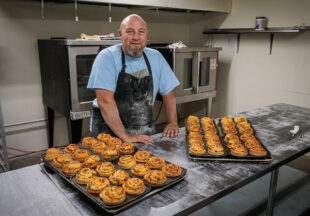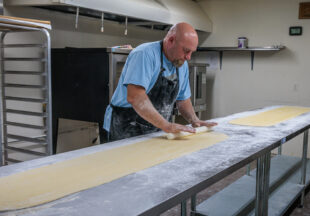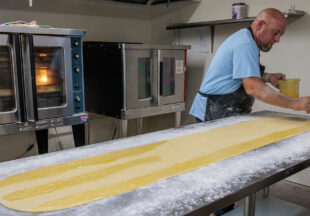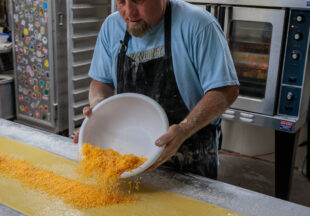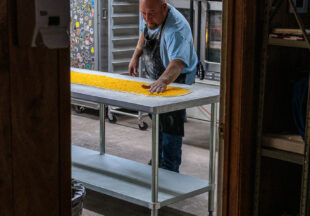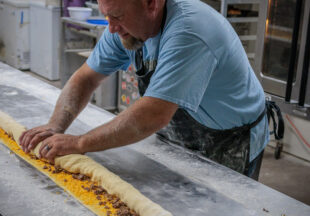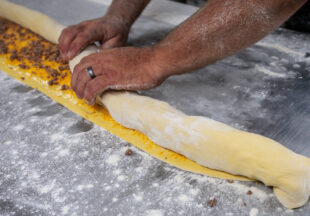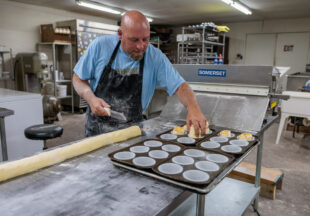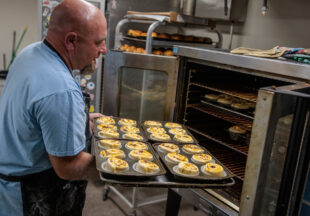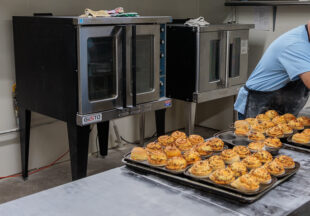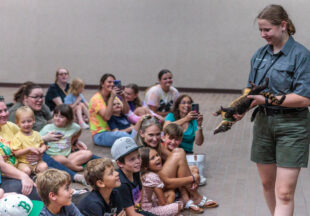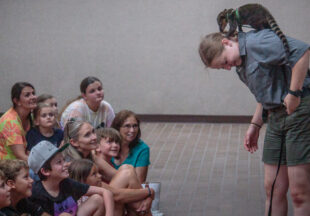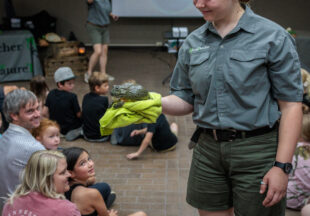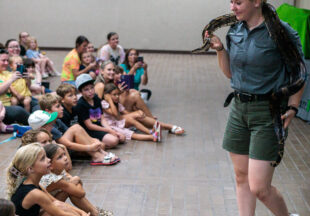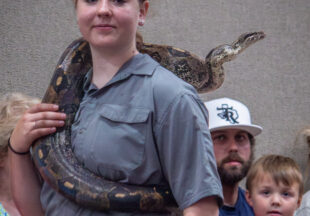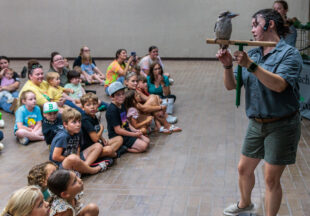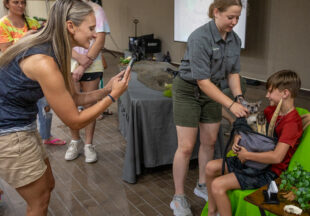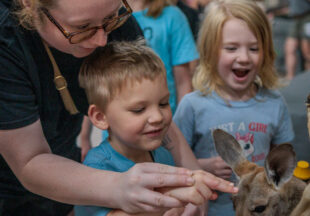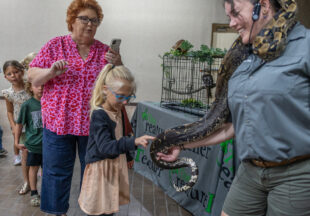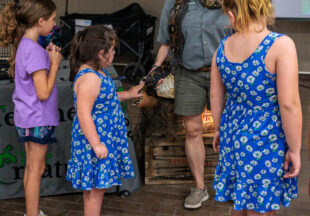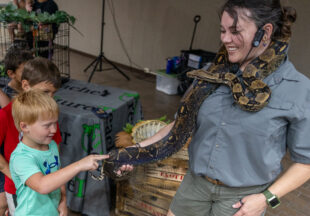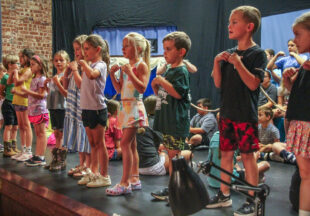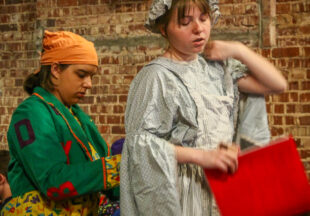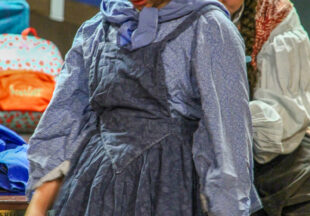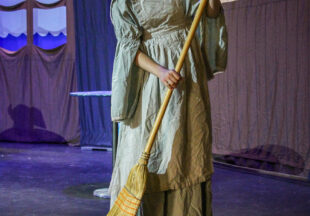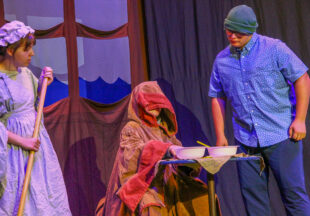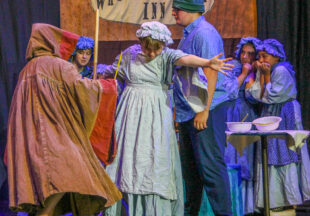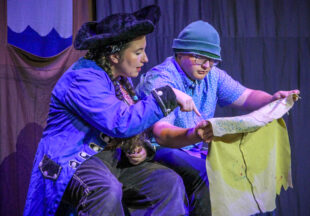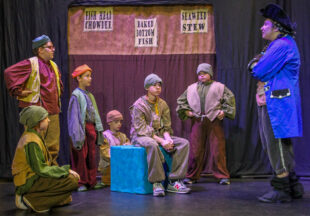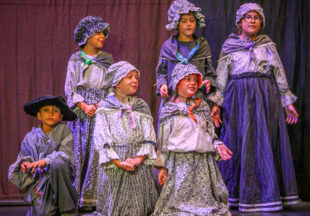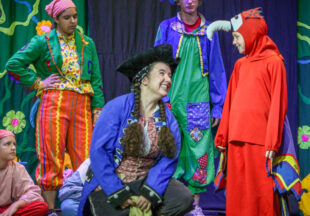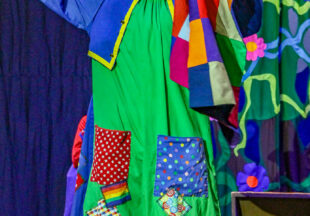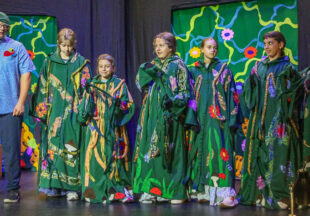Breckenridge Texan introduces new column by Jean Hayworth, focusing on local history
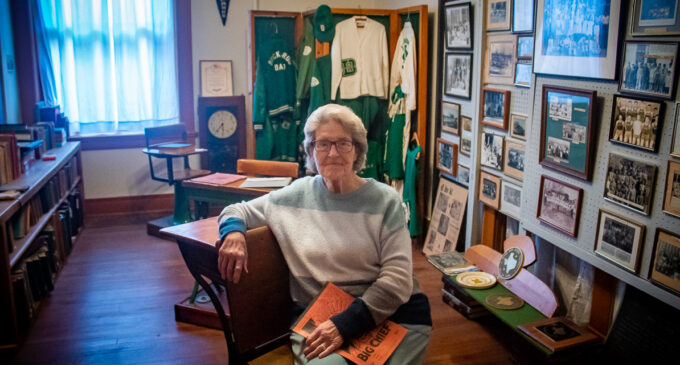
The Breckenridge Texan is introducing a new twice-a-month column by retired teacher/journalist Jean Hayworth, who now works part-time at the Swenson Memorial Museum, Breckenridge’s historical museum.
Hayworth, who was born in Lancaster, Pennsylvania, joined the U.S. Navy as soon as she turned 18. After Boot Camp, she was sent to Communications Technician school to work in Navy intelligence in Washington D.C. Later, she was part of a contingent of WAVES – Women Accepted for Volunteer Emergency Service, a military unit, established in 1942 as the U.S. Navy’s corps of female members – to be the first to be stationed in Hawaii, at a Naval intelligence gathering station in the Pacific.
While in Hawaii, she met and married a Navy radioman, and they were sent to Norfolk, Virginia. He switched to the Air Force when his enlistment ended, and they spent the next several years traveling around the world, living in Greece, Turkey and Germany, as well as Biloxi, Mississippi.
Hayworth moved to Breckenridge in 1975 with her family after her husband retired from the U.S. military. She earned a degree from Tarleton University in 1980 and started teaching in Breckenridge schools. Her first teaching assignment was as a sixth grade teacher at East Elementary. After three years, she moved to Breckenridge Junior High to teach U.S. History and Computer Literacy and then to the high school, where she taught U.S. History, World History, World Geography and Government/Economics.
She retired from teaching in 2005, and a couple of years later went to work at the Breckenridge American as the lifestyles editor. During her time on the newspaper staff, she also served as an interim editor. Hayworth developed the Historically Speaking column for the newspaper and continued it until she retired from in 2021, at the age of 80.
After retiring from teaching, she wrote a book, “High School Students Tackle Citizenship Test,” based on her Government pre-test over a 10-year period. The book was published in 2012. She is currently writing a book on “The Decade of the 1950s Buckaroo Football,” which she hopes to complete in time for next years’ football season. She said she considers the book a labor of love and is enjoying putting it together for her adopted town of Breckenridge.
Her new column, “Stephens County Chronicles,” will be featured in the Breckenridge Texan twice a month and will focus on local history. The first column, below, includes some history about the Swenson Memorial Museum.
Stephens County Chronicles: The Swenson Memorial Museum
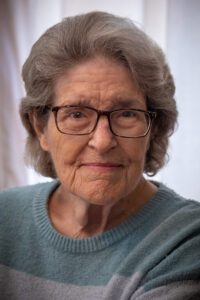
Jean Hayworth
The Swenson Memorial Museum is one of the hidden gems of Breckenridge and Stephens County.
The idea to preserve the history of Stephens County and Breckenridge was the focus of a small group of citizens and the Swenson family, led by Peter Swenson, the patriarch. The idea continued with his son, Selmar, and daughters, Nellie, Alma and Clara. The Swenson family’s extensive land holdings in the county offered financial assistance to help make the preservation of local history a priority with a permanent home for the collected items.
The Swenson family had migrated from their home in Minnesota with Peter emigrating to America from Sweden and his wife, Christina, from her native Norway. The couple met in Minnesota and subsequently came to Texas in October 1877, first to Bosque County. Then, two years later, the Swenson family made the trek to Stephens County, in December 1879. Peter’s brother, Nelse (Nils), had come ahead to build a cabin for the family on land they had purchased that subsequently became Swensondale.
The Swenson Memorial Museum became a reality in the early 1970s after the First National Bank had vacated their 50-year residence, from 116 W. Walker St. to the Burch Hotel, which became known as the First National Bank Tower at 101 E. Walker St.
The original bank building — where the museum is now located — was constructed in 1920 and is over 100 years old and requires annual maintenance on limited funds. The museum depends solely on funding through donations, fundraisers, grants and a small amount of support from the city and county.
The bank left its mark on the building, particularly on the floor in front of the teller windows with noticeable indentations made by their customers over the span of the bank’s 50-year history in the building. Also, if one looks to the ceiling, the distinctive 100-year old crown molding can be observed, which is very impressive. The museum also has two walk-in vaults, which now contain an extensive research library of historic records, family histories and other materials.
The Swenson Memorial Museum opened on July 4, 1976, as part of the 100-year Centennial celebration for Stephens County (1876) and the nation’s 200-year Bicentennial celebration for the 1776 establishment of the United States.
Kathy (Upham) Flournoy served as the first director of the museum from July 1, 1976, to Sept. 1, 1986. She oversaw the development of the museum from a collection room in the Stephens County Courthouse toward the fine museum residents of Stephens County have today. Flournoy’s craft and art knowledge combined to create the unique dioramas placed in the former bank’s teller windows, with help from Ruby Eden for the painted backgrounds.
Freda Mitchell became the next director of the Swenson Memorial Museum and served for 35 years, until her retirement in 2021. Mitchell helped to continue the collection of Stephens County historical items and assisted with historical research to establish several Historical Markers throughout the county.
Lyn Clark and the museum Board of Directors took over the management and supervision of the museum at that time. Clark has helped to stream-line collections to only those items originating in Stephens County. Many duplicate items were cleared out during this process through fundraiser garage sales. Clark also helped to organize some of the exhibits on the second floor of the museum.
Additionally, Clark helped organize the J.D. Sandifer Oil Annex and after some roof repairs, it will be open on a limited basis.
There was extensive damage to the second floor windows, during a big hail storm in August 2022. That damage forced the museum to go to a temporary schedule and close the second floor, until windows could be replaced and debris removed. As soon as that is accomplished, the museum will return to a full operational schedule.
Among the unique collections on the first floor is a fossil collection loaned to the museum by Coby Dye, who is constantly adding to the exhibit and enjoys showing the younger generation what to look for on their own property. Additionally, the museum is fortunate to have a pictorial history of the Oil Boom Era through the extensive photographs of Basil Clemons, who was ahead of his time. Clemons is known to have perfected color photography before Eastman Kodak, which tried to purchase his formula. Clemons refused to do and is said to have told representatives of Eastman Kodak, “I figured it out; you can, too.”
The museum also has a large military section with an exhibit case from World War I and II, along with airplane models from the Vietnam era and aircraft carrier models from the WWII era.
These are just some of the exhibits on the first floor.
The Swenson Memorial Museum is currently open Thursday and Friday from 10 a.m. to 5 p.m. and Saturday from 10 a.m. to 2 p.m. As soon as the second floor debris is removed, the museum will return to its full-time schedule, open Tuesday through Friday, from 10 a.m. to 5 p.m. and Saturday 10 a.m. to 2 p.m. For more information, call 254-559-8471.
The part-time staff of Kay Meadows, Pat Green and Jean Hayworth are always willing to help visitors with additional information on the permanent exhibits and the various temporary exhibits.
Be sure and check out future installments of Jean Hayworth’s column, “Stephens County Chronicles,” as she explores more of Breckenridge and Stephens County’s history.
Cutline, top photo: Jean Hayworth poses for a picture in the old school room exhibit on the second floor of the Swenson Memorial Museum. An upcoming installment of her new column, “Stephens County Chronicles,” will focus on some of the rural schools in early Stephens County history. (Photo by Tony Pilkington/Breckenridge Texan)






